Your cart is currently empty!
How to Become a UX/UI Designer

The digital landscape is constantly evolving, and user experience (UX) and user interface (UI) design are at the forefront of creating successful products. Have you ever considered how to become a UX/UI designer? If you’re passionate about creating user-centric experiences and possess a keen eye for visual design, this path might be the perfect fit for you.
This comprehensive guide will equip you with the knowledge and steps necessary to embark on your journey to becoming a UX/UI designer. We’ll delve into the core skills needed, explore various how to become a UX/UI designer avenues, and provide tips for building a strong portfolio and landing your dream job.
Understanding UX/UI Design
Before diving in, let’s establish a clear understanding of UX/UI design. UX design focuses on the user’s overall experience with a product, ensuring it’s intuitive, efficient, and enjoyable. UI design, on the other hand, translates those user-centered principles into the visual elements we interact with, like buttons, menus, and layouts. While distinct, UX and UI design work hand-in-hand to create a seamless and effective user journey.
Essential Skills for a UX/UI Designer
- User Empathy and Research:
A successful UX/UI designer prioritizes the user. Understanding user needs, behaviors, and pain points is crucial. This involves conducting UX/UI designer research through interviews, surveys, and usability testing. By empathizing with users, you can design solutions that cater to their needs and frustrations.
- Design Thinking:
This problem-solving methodology emphasizes an iterative approach. You’ll define the problem, brainstorm solutions, prototype, test, and refine based on user feedback. Design thinking equips you to create innovative solutions while remaining user-focused throughout the UX/UI designer process.
- Visual Design Principles:
A strong understanding of visual design principles like typography, color theory, layout, and hierarchy will enable you to create aesthetically pleasing and user-friendly interfaces.
- UI/UX Design Tools:
Familiarity with design tools like Figma, Adobe XD, Sketch, and InVision is essential. These tools allow you to create wireframes, prototypes, and high-fidelity mockups to bring your UX/UI designer ideas to life.
- Communication and Collaboration:
Effective communication is key to success in this field. You’ll be working with developers, product managers, and other stakeholders, so being able to clearly articulate your design decisions and collaborate effectively is crucial.
Learning Paths to Become a UX/UI Designer
There’s no one-size-fits-all approach to becoming a UX/UI designer. Here are some popular learning paths:
Formal Education: Consider pursuing a bachelor’s degree in UX/UI design, graphic design, or a related field. This path provides a structured learning environment and can equip you with a strong foundation in design principles and theory.
Bootcamps: Intensive bootcamps offer a fast-paced and immersive learning experience. These programs often last several weeks or months and provide a practical curriculum focused on the necessary skills for the job market.
Online Courses: There’s a wealth of online courses available, catering to all levels and learning styles. This flexible option allows you to learn at your own pace on the path to becoming a UX/UI designer.
Self-Learning: Highly motivated individuals can learn UX/UI design through a combination of online resources, books, tutorials, and personal projects.
Regardless of the path you choose, dedication, practice, and a passion for design are essential for success in your journey to becoming a UX/UI designer.
Building Your UX/UI Design Portfolio
A strong portfolio showcases your skills and demonstrates your design thinking process. Here’s how to build an impressive portfolio to impress potential employers as a UX/UI designer:
Focus on Quality over Quantity: Include only your best work that exemplifies your understanding of UX/UI principles.
Showcase the Design Process: Briefly explain the problem you were trying to solve, the user research conducted, and how your design addressed the user’s needs. This will highlight your problem-solving skills as a UX/UI designer.
Include Diverse Projects: Demonstrate your versatility by including projects from different domains.
Prioritize User Experience: Highlight the user-centered approach you took in your design process.
Keep it User-Friendly: Ensure your portfolio is easy to navigate and visually appealing.
Landing Your First UX/UI Design Job
Once your portfolio is polished, it’s time to start your job search for UX/UI designer positions.







Leave a Reply